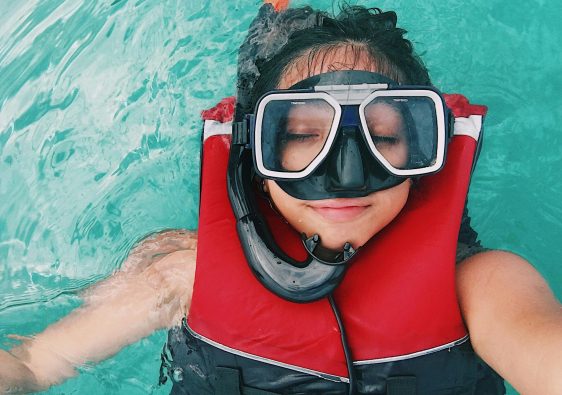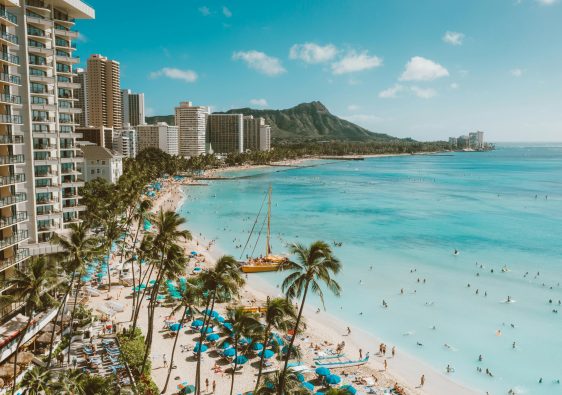
If you’re planning a trip to Maui and dreaming of sun-drenched beaches, crystal-clear waters, and days without a drop of rain, you’re not alone. Maui’s warm, dry days are what postcards are made of. But timing is everything—especially when you want the ideal mix of sunshine and chill vibes. So what is the best time to visit Maui for warm, dry days? Let’s dive into the sunny details.
Why Timing Matters for a Beach-Perfect Maui Trip
Maui is a year-round paradise, but even paradise has its seasons. While temperatures are relatively stable thanks to Hawaii’s tropical climate, rain patterns, humidity levels, and trade winds shift throughout the year.
If you’re all about beach days—with zero interruption from passing showers or cloudy skies—you’ll want to aim for the months that offer the best chance for uninterrupted sun and low humidity.
So, What’s the Best Time to Visit Maui for Warm, Dry Days?

April through September is widely considered the sweet spot. During these months, Maui is at its sunniest, driest, and warmest. Here’s a quick breakdown:
- April – June: Pre-summer bliss with fewer crowds
- July – September: Peak warmth and sunshine, but a little busier
These months offer consistently dry weather across most parts of the island, especially along the leeward (western and southern) coasts like Lahaina, Kaanapali, Kihei, and Wailea.
No matter when you go, Maui’s reliably sunny coastlines and picture-perfect beaches are part of what makes it the best island to visit in Hawaii for first time travelers seeking that classic tropical escape.
What’s the Weather Like Month-by-Month?
Let’s zoom in on how Maui weather shifts month to month during the dry season:
April
- Average High: 84°F (29°C)
- Rainfall: Low
- Perks: Wildflowers, shoulder-season pricing, moderate crowds
May
- Average High: 85°F (29°C)
- Rainfall: Minimal
- Perks: Clear skies, warm ocean, great snorkeling conditions
June
- Average High: 87°F (31°C)
- Rainfall: Very low
- Perks: Ideal weather, excellent beach and hiking conditions
July – September
- Average High: 88–90°F (31–32°C)
- Rainfall: Lowest of the year
- Perks: Hot, sunny days; perfect for water sports
While August is typically the warmest, it’s also when the Pacific hurricane season is in effect. Maui rarely gets hit directly, but it’s worth keeping an eye on forecasts if you plan a late-summer visit.
Which Side of Maui Is the Sunniest?
If dry, sunny beach days are your top priority, location matters just as much as timing.
Best Places for Dry Weather in Maui:
- Wailea – High-end resorts, calm beaches, and sunshine nearly every day
- Kihei – Budget-friendly stays, dry climate, and quick beach access
- Lahaina & Kaanapali – Great mix of culture, resorts, and sunny skies
These leeward-side areas receive a fraction of the rainfall that hits the windward (east) side of the island, like Hana or the lush slopes of Haleakalā.
How to Avoid Surprise Rain
Even during the dry season, Maui isn’t completely immune to short showers. Here’s how to play it safe:
- Avoid the Upcountry and Hana in the afternoon – These regions get more afternoon mist and cloud cover.
- Check microclimates – Maui’s weather varies drastically within just a few miles.
- Use weather apps with radar – Local apps like “Hawaii News Now” or “KHON2 Weather” can show cloud patterns and rain trends.
Best Activities for Maui’s Dry Season

Dry, sunny days mean the full island is your playground. Here’s what shines brightest between April and September:
- Beach hopping along the west coast
- Snorkeling at Molokini Crater or Honolua Bay
- Sunset sails departing from Lahaina or Maalaea
- Stand-up paddleboarding on calm morning waters
- Hiking dry coastal trails like the Lahaina Pali Trail or King’s Highway
- Road to Hana (choose early morning departures to avoid afternoon rain)
Is Winter in Maui a Bad Idea?
Not necessarily. Winter in Maui (November to March) brings cooler temps and a higher chance of rain—especially on the north and east sides—but it also brings the best whale watching and bigger surf for experienced surfers. So if you don’t mind some wet weather, winter has its own magic.
Still, if you’re coming specifically for sunbathing, beach lounging, and crystal-clear snorkeling, winter may leave you dodging showers or settling for cloudy afternoons.
Tips for Booking Your Sunny Maui Getaway
To make sure your warm, dry beach trip goes off without a hitch, keep these tips in mind:
- Book flights 2–4 months in advance for the best prices during peak dry months
- Reserve accommodations early—summer (especially July and August) gets busy
- Pack reef-safe sunscreen and a wide-brimmed hat
- Plan activities for mornings when winds and temps are calmest
- Bring a light rain jacket—just in case a tropical drizzle shows up
Quick FAQs About Maui’s Sunny Season
Is summer too hot to visit Maui?
Nope! While summer highs reach the upper 80s and low 90s, trade winds help keep things pleasant. Just stay hydrated and wear sun protection.
What’s the least rainy month in Maui?
June typically sees the least rainfall overall, making it a prime month for beach lovers.
Can I visit the rainforest areas and still stay dry?
You can—but go early in the day. Hana and Upcountry often see clouds and drizzle by afternoon, even during the dry season.
Are ocean conditions better in the dry months?
Yes! Calm, clear waters in spring and summer are perfect for snorkeling, paddleboarding, and swimming. Winter months see rougher seas, especially on the north shore.
Plan for Sun, Stay for the Vibes
If your perfect Maui vacation means lounging on golden sand under a bright blue sky, sipping something cold while waves crash nearby, and never having to check a weather app, then the best time to visit Maui for warm, dry days is April through September. These months bring ideal weather, long daylight hours, and prime conditions for soaking up every beachy moment.
Just remember—whether you come during the peak of summer or catch the early dry-season charm in April, Maui’s laid-back beauty and aloha spirit are always in season.




